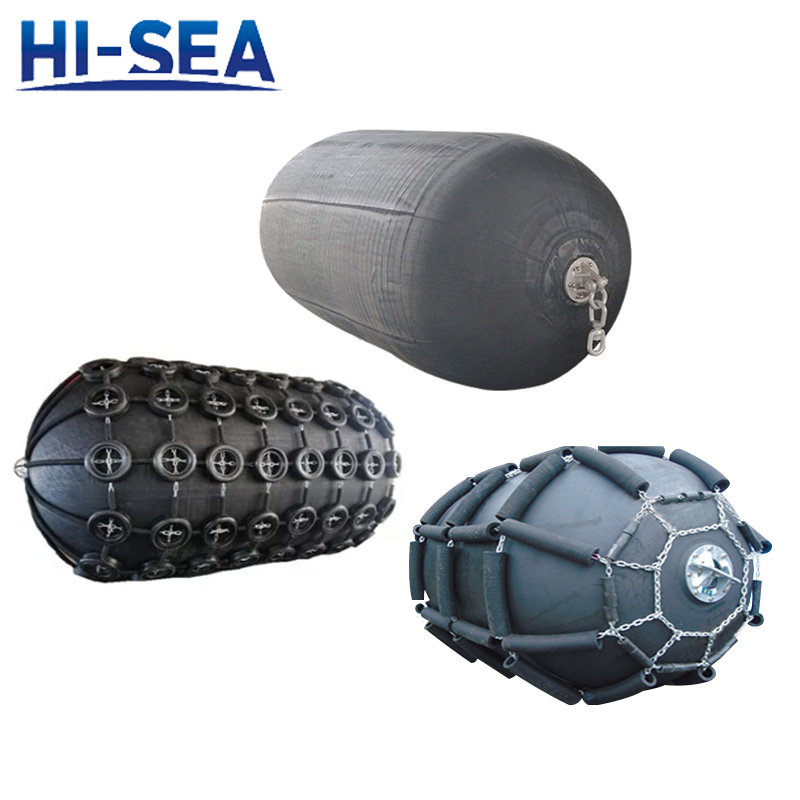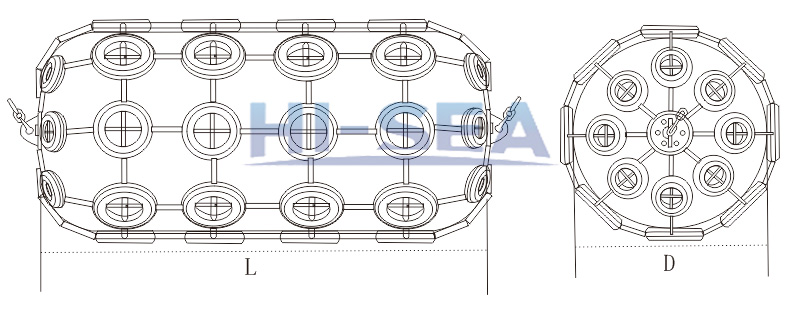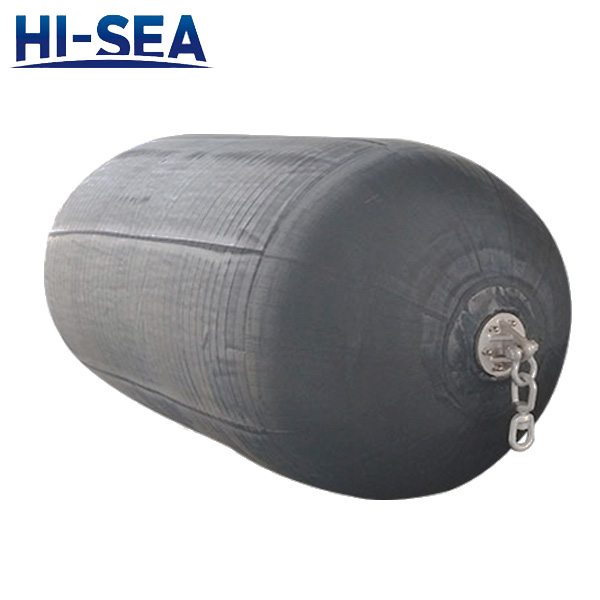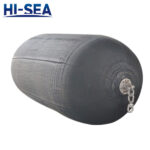
Yokohama fenders are also called pneumatic fenders because they need to be inflated with air or hydrogen on working. This can provide large compression capacity for the fenders, which determines that the Yokohama fenders can offer high energy absorption and low reaction force.
Yokohama fenders compared with other types of fenders are newly invented fenders, but they make a quick rising on the rubber fender market. They have unparalleled advantage over other fenders on docks with large tidal variations and ship to ship operation. When the fenders are not needed, they can be deflated and restored in the warehouse. They can be easily installed and uninstalled, and they can save a lot of space in storage.
Yokohama fenders are manufactured with high quality rubber materials so that they are applicable for the heavy duties. The reinforced and elastomeric rubber material ensure that the Yokohama fenders can provide high energy absorption and low reaction force. Large shear forced can also be absorbed by them.
Yokohama Fenders Drawing and Dimensions:

| Fender size
D×L
(mm)
|
Initial pressure 0.5kg/cm2 |
Initial pressure 0.8kg/cm2 |
weight |
| Guaranteed energy absorption (GEA)
[kNm] |
Reaction force at GEA deflection
[kN] |
Hull pressure at GEA deflection
[kN/m2] |
Guaranteed energy absorption (GEA)
[kNm] |
Reaction force at GEA deflection
[kN] |
Hull pressure at GEA deflection
[kN/m2] |
Fender body
[kg] |
Chain & tire net
[kg] |
Total
[kg] |
| 2000×3500 |
308 |
875 |
128 |
430 |
1150 |
168 |
360 |
670 |
1030 |
Features:
- Suitable for small and large tidal ranges
- Low hull pressure
- Easy and fast to deploy
- Low reaction force and reasonable reaction force even under excess load conditions
- Suitable for inclined berthing








 Sling Type Pneumatic Rubber Fenders(4500×12000)
Sling Type Pneumatic Rubber Fenders(4500×12000)